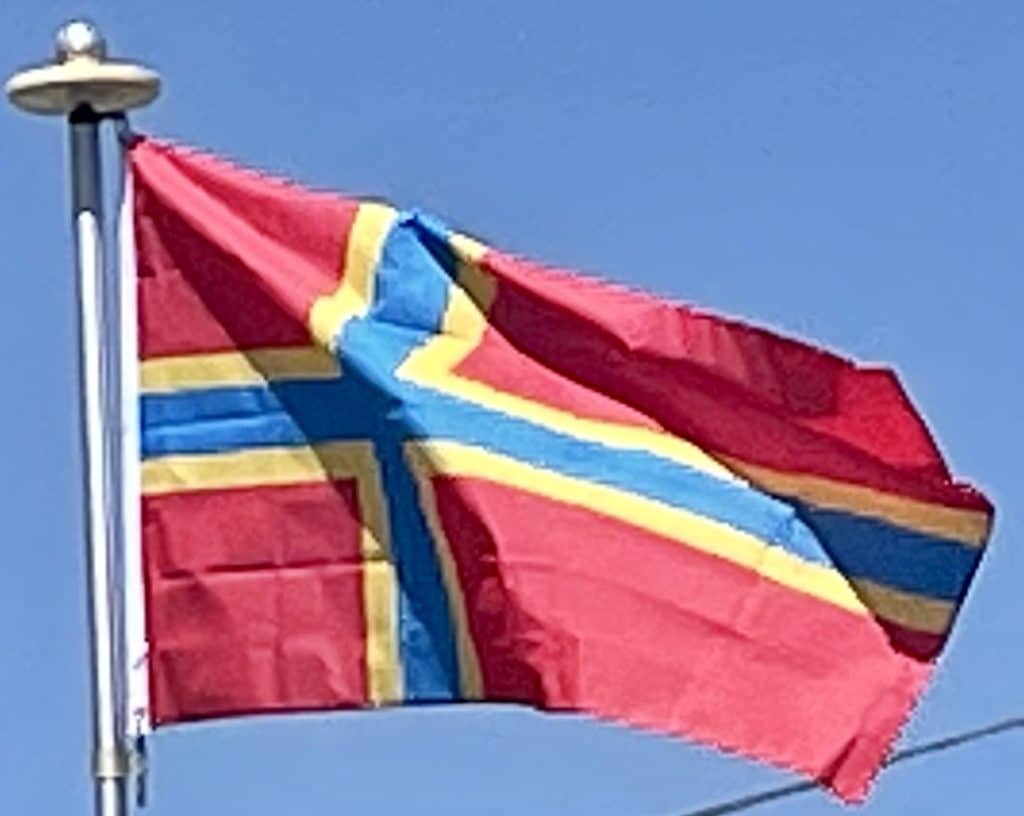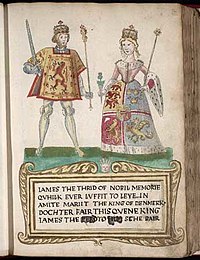

Orkney Islands
Unusually, from c. 1100 onwards the Norse jarls owed allegiance both to Norway for Orkney and to the Scottish crown through their holdings as Earls of Caithness. In 1231 the line of Norse earls, unbroken since Rognvald, ended with Jon Haraldsson‘s murder in Thurso. The Earldom of Caithness was granted to Magnus, second son of the Earl of Angus, whom Haakon IV of Norway confirmed as Earl of Orkney in 1236. In 1290, the death of the child princess Margaret, Maid of Norway in Orkney, en route to mainland Scotland, created a disputed succession that led to the Wars of Scottish Independence. In 1379 the earldom passed to the Sinclair family, who were also barons of Roslin near Edinburgh.
Evidence of the Viking presence is widespread, and includes the settlement at the Brough of Birsay, the vast majority of place names, and the runic inscriptions at Maeshowe.
Absorbed by Scotland:
In 1468 Orkney was pledged by Christian I, in his capacity as King of Norway, as security against the payment of the dowry of his daughter Margaret, betrothed to James III of Scotland. However the money was never paid, and Orkney was absorbed by the Kingdom of Scotland in 1472.
The history of Orkney prior to this time is largely the history of the ruling aristocracy. From now on the ordinary people emerge with greater clarity. An influx of Scottish entrepreneurs helped to create a diverse and independent community that included farmers, fishermen and merchants that called themselves comunitas Orcadie and who proved themselves increasingly able to defend their rights against their feudal overlords.
From at least the 16th century, boats from mainland Scotland and the Netherlands dominated the local herring fishery. There is little evidence of an Orcadian fleet until the 19th century but it grew rapidly and 700 boats were involved by the 1840s with Stronsay and later Stromness becoming leading centers of development. White fish never became as dominant as in other Scottish ports.
In the 17th century, Orcadians formed the overwhelming majority of employees of the Hudson’s Bay Company in Canada. The harsh winter weather of Orkney and the Orcadian reputation for sobriety and their boat handling skills made them ideal candidates for the rigors of the Canadian north. During this period, burning kelp briefly became a mainstay of the islands’ economy. For example on Shapinsay over 3,000 long tons (3,048 t) of burned seaweed were produced per annum to make soda ash, bringing in £20,000 to the local economy. The industry collapsed suddenly in 1830 after the removal of tariffs on imported alkali.
Agricultural improvements beginning in the 17th century resulted in the enclosure of the commons and ultimately in the Victoria era the emergence of large and well-managed farms using a five-shift rotation system and producing high-quality beef cattle.
During the 18th century Jacobite risings, Orkney was largely Jacobite in its sympathies. At the end of the 1715 rebellion, a large number of Jacobites who had fled north from mainland Scotland sought refuge in Orkney and were helped on to safety in Sweden. In 1745, the Jacobite lairds on the islands ensured that Orkney remained pro-Jacobite in outlook, and was a safe place to land supplies from Spain to aid their cause. Orkney was the last place in the British Isles that held out for the Jacobites and was not retaken by the British Government until 24 May 1746, over a month after the defeat of the main Jacobite army at Culloden.
